History of She-Hulk
Despite what David Goyer thinks, She-Hulk's history shows she is a hero, not a hoe.
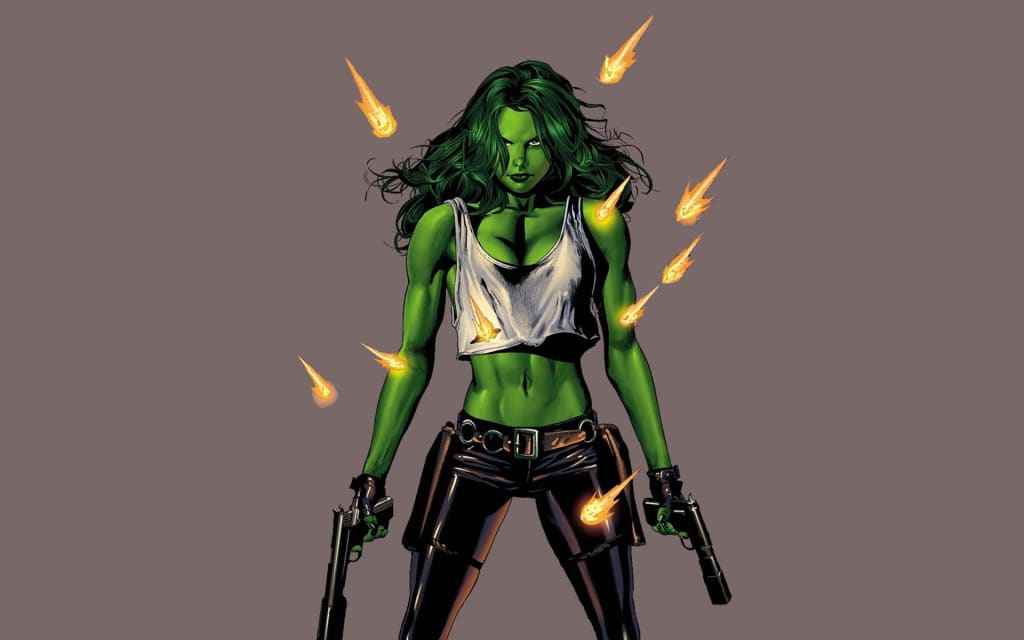
I think it’s fair to say that everyone has heard of The Hulk. In fact, I’m pretty certain that even people who have never touched a comic book in their lives or have never seen one of the very many superhero movies coming out every year now still know who The Hulk is. Why is that?
Well, I’d argue it’s because he is to some extent a cultural icon. Just like Darth Vader or Spiderman, The Hulk has a few key things going for him. He’s got a distinctive design, he’s got easy-to-understand powers, and he meshes together well with a team. He’s easy to root behind, and if you want to make a cultural dissection out of it, it’s pretty easy to say that he’s representative of an American mind-set that championed strength over all.
So if everyone knows who The Hulk is, then why does everybody not know who She-Hulk is? More importantly, who the hell even is She-Hulk? Is she literally just a female version of The Hulk?
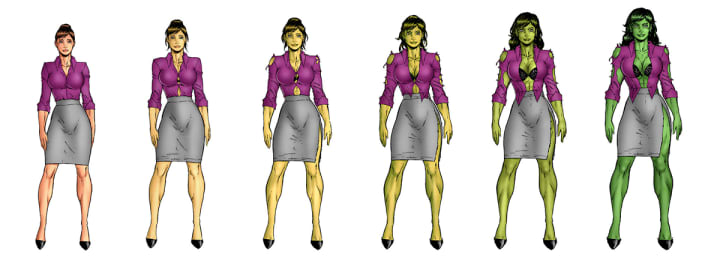
Image via Deviant Art user Jeffach
A Tale of Two Hulks
Yes and no. Let’s take a walk down memory lane, specifically to the year 1980. In February 1980, Marvel comics published the first edition of the comic, Savage She-Hulk #1, starring the new superhero She-Hulk. One of the final creations of the comic book legend Stan Lee, the motivation behind the creation of She-Hulk is actually quite a depressing story. Depressing in that it wasn’t for creative expression or artistic merit, but simply to retain rights.
The live action version of The Incredible Hulk with Lou Ferrigno was doing the numbers across American television screens. It was a catch-22 for Marvel. They didn’t directly own the rights to the TV show, but it directly pushed kids to buy more of their comics. Marvel predicted that the TV show creators would inevitably try to create a female version of The Incredible Hulk, just like TV networks did for the Six Million Dollar Man, so in order to prevent this Stan Lee drafted up this comic book in order to keep the rights firmly in the Marvel camp.
This was how She-Hulk was created. One of the artists of She-Hulk would exclaim about the conception of She-Hulk, “The oddest thing about that book was that Frank drew really beautiful women, I drew really beautiful women, and yet, the She-Hulk was never overly attractive.” This was a stigma that would follow the entirety of She-Hulk’s life span, creating conflict between her strong superhero charisma and a sexualized comic book seller.
In her early roles, she didn’t have much narrative sway in any of the comics. She joined the famous superhero team The Avengers in 1982, but her appearances would be dissolved down to little more than narratives about her recurring car troubles. That’s not to say that new characters can’t thrive in comic books. Incredibly famous comic book characters like Harley Quinn were still to be created at this time and she would go on to be one of the most successful female comic book characters of all time. So what made She-Hulk different? Let’s look at her origin, because I think comparing her to Harley Quinn is a very insightful comparison to make.
She Hulk Begins
A cousin to Dr. Bruce Banner, Jennifer Walters received an emergency blood transfusion from him when she was wounded, which led to her acquiring a milder version of his Hulk condition. As such, Walters becomes a large powerful green-hued version of herself while still largely retaining her personality; In particular, she retains her intelligence and emotional control, though like Hulk, she still becomes stronger if enraged. In later issues, her transformation is permanent.
She-Hulk, just like Harley Quinn, has her origins directly related to that of another mainstay character. Yet why was Harley Quinn a mainstay character whereas She-Hulk, arguably, has to fight to stay relevant to this day? Let’s look further down the chronology of She-Hulk.
She-Hulk underwent her first major transition at the end of the seminal Marvel storyline "Secret Wars," wherein almost all of the properties collided together in a convoluted manner in order to reboot and reshuffle the universe entirely. She-Hulk left the Avengers and joined the Fantastic Four, where she stayed until 1989 when she managed to regain her own solo series, The Sensational She-Hulk.
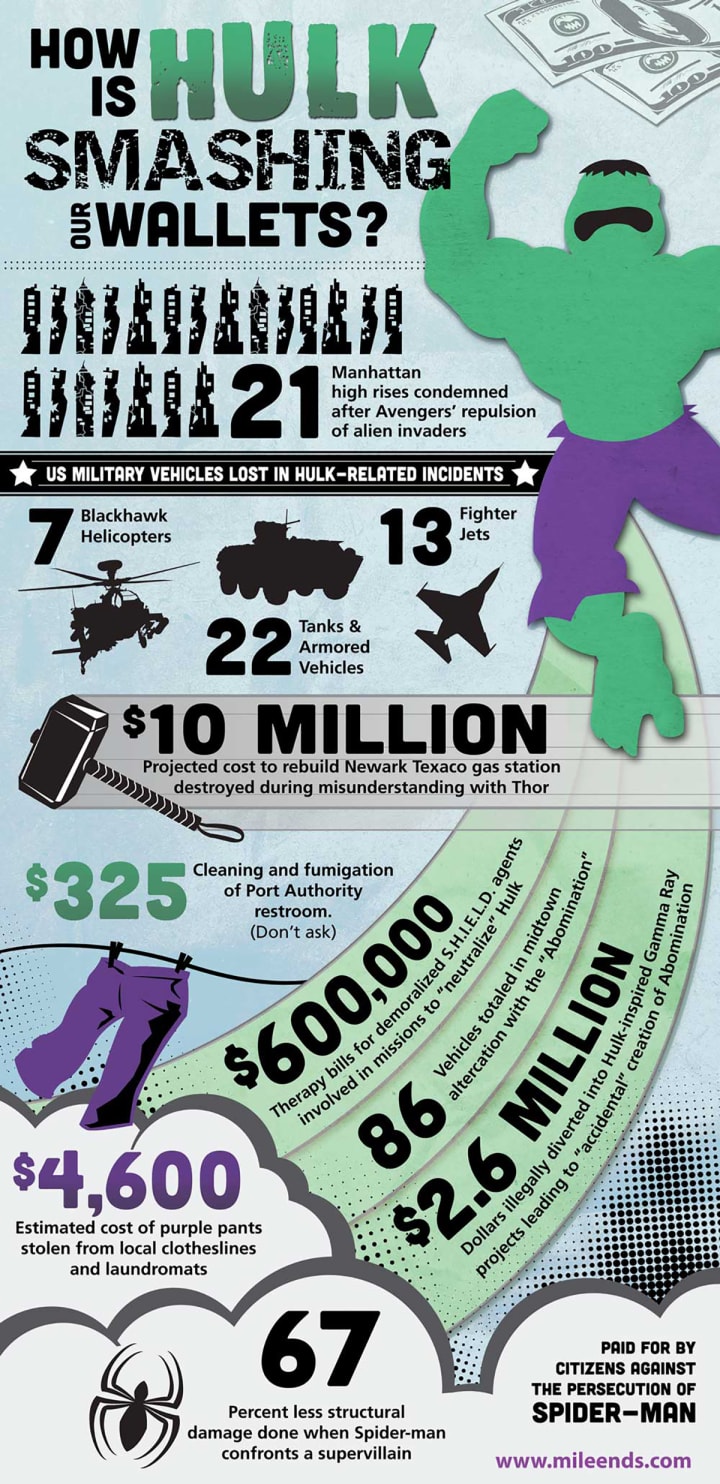
Via John Boveri
Breaking the Fourth Wall
This is where She-Hulk finally stepped into her own through the use of fourth-wall breaking narrative techniques and references to pop-culture. That’s right, Deadpool isn’t the only superhero that breaks the fourth wall and he definitely wasn’t the first. In one issue, She-Hulk references the cover to Vanity Fair where Demi Moore appeared naked, and in another issue blue bars covered her more sensitive areas. The concept of a comic book character being aware of who and what they are was far more novel than it is nowadays, really letting She-Hulk step into her own.
The Sensational She-Hulk ran until issue #60 in 1994, making it the longest running solo comic book series helmed by a heroine. Unfortunately the series was cancelled due to low sales and for the rest of the 90s and the early portion of the 2000s She-Hulk faded into relative obscurity once again, making guest appearances here and there, but never really taking center stage again.
She Hulk Reborn
That is until May of 2004 when Marvel relaunched She-Hulk with her own series yet again. However, She-Hulk was unable to escape the low sales numbers that plagued her last solo outing and the comic line was cancelled at issue #12, despite critics praising the line-up. Marvel promised a second season eight months later. Marvel fulfilled their promise and in October 2005 She-Hulk returned for what Marvel dedicated to be her 100th comic book. The original creative team re-united to create the centenary celebration.
Remarkably the series ran on until February 2009, to She-Hulk #38, exceeding everyone’s expectations, but was cancelled due to discrepancies with the far more popular Hulk comic books. She-Hulk retired to the quiet life, before announcements in May 2015 that She-Hulk would be a major member of the A-Force, an all-female version of The Avengers. Outside of comics, she has a cartoon show in the 90s and appeared in Hulk: Agents of S.M.A.S.H, but any major film failed to materialize, perhaps due to her relative unpopularity among the general public.
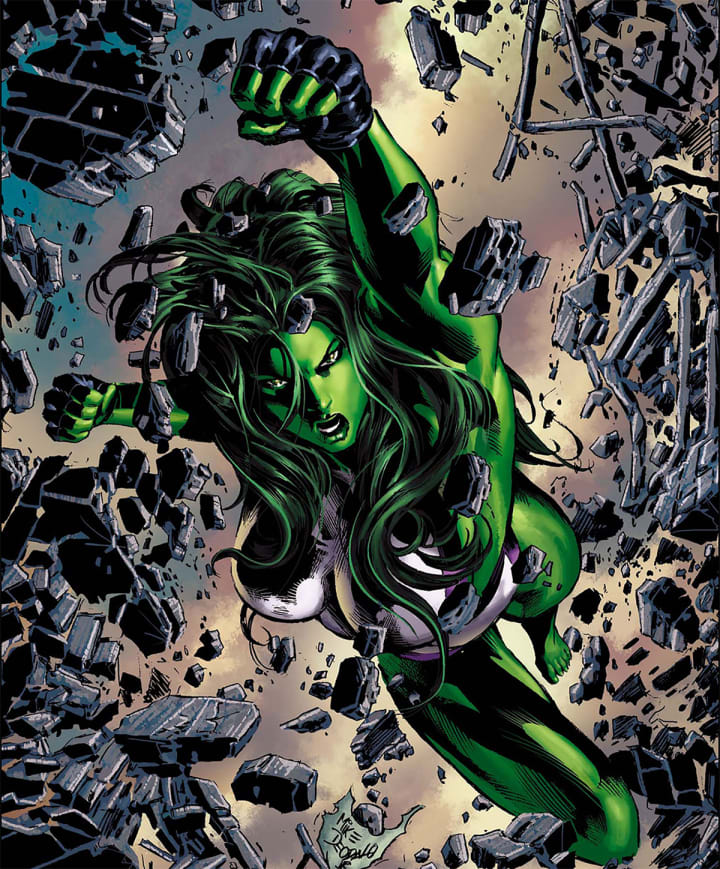
Image via Marvel.com
She Hulk Vs the Sexism of David Goyer
She-Hulk has not been without her controversy though. In 2014, the screenwriter for Man Of Steel and Batman V Superman: Dawn Of Justice was quizzed about She-Hulk to which he had the following to say:
“I have a theory about She-Hulk. Which was created by a man, right? And at the time in particular I think 95 percent of comic book readers were men and certainly almost all of the comic book writers were men. So the Hulk was this classic male power fantasy. It’s like, most of the people reading comic books were these people like me who were just these little kids getting the shit kicked out of them every day… And so then they created She-Hulk, right? Who was still smart… I think She-Hulk is the chick that you could fuck if you were Hulk, you know what I’m saying?… She-Hulk was the extension of the male power fantasy. So it’s like if I’m going to be this geek who becomes the Hulk then let’s create a giant green porn star that only the Hulk could fuck.”
This, quite understandably raised a massive uproar, but not one that is wholly unjustified. The shameful truth about many of the entertainment industries, comic books included, is that they are primarily run by and creatively driven by men. The very name, She-Hulk, is insulting in many ways. Literally the she version of the Hulk, her only defining characteristic being that she is female. In the 1980s this flew, but in the past few years how writers handle She-Hulk has been a matter of close investigation. Things are getting better, but it’s difficult to deny the sexual nature of much of She-Hulk’s history.
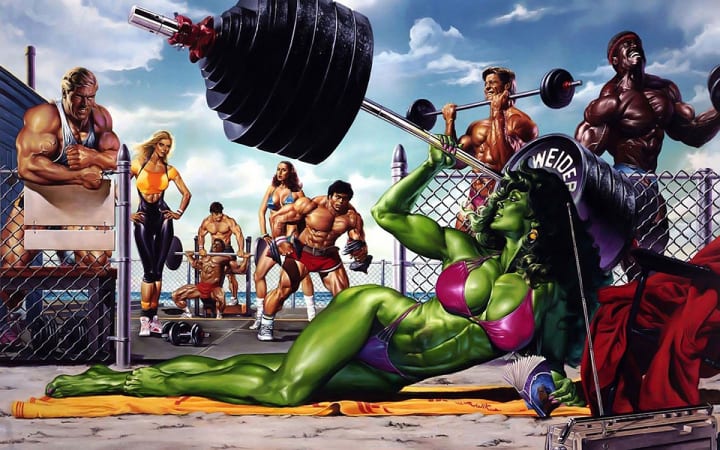
Image by Joe Jusko
Male-Derived Characters
And this raises again my comparison with Harley Quinn over at DC. They are both off shoots from a male variant (Hulk, The Joker), to make a gross overstatement, they are essentially female versions of these male variants and the vast majority of their popularity is overshadowed by their male variant. So why is Harley Quinn so popular and She-Hulk is comparatively not? Harley Quinn is borderline, if not already, a cultural icon, but it would be laughable to suggest that She-Hulk is such.
Honestly, I don’t know the answer. The characters and the meta surrounding their creation is so similar that it’s hard to figure out why. However, if I had to suggest a theory, I would guess that it was the commitment to character. Harley Quinn was not solely created in order to be a love interest to The Joker, but to be his foil and his confidant. She-Hulk was created in order to keep the rights of a potentially popular character firmly in the Marvel camp. Share your suggestions, because I’m honestly trying to figure my own out.
Jennifer Walters, who has now become She-Hulk, is not only a member of the Avengers and the FF, but a skilled attorney with a pile of degrees and professional respect. However, balancing her professional life with crime fighting is growing more difficult than expected.
About the Creator
Geeks Staff
The biggest bunch of geeks gathered in one 12,000 sqft warehouse in Northern New Jersey who spend their whole day just being geeks.

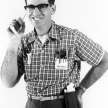
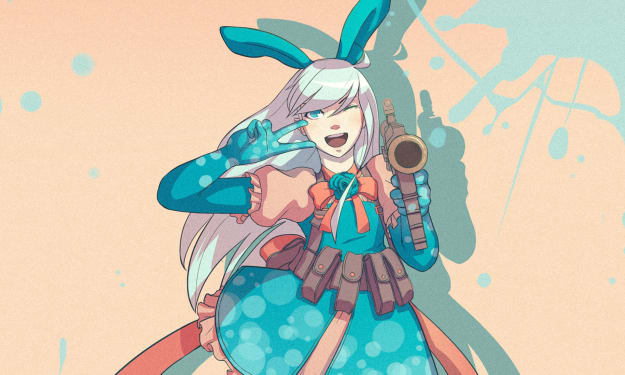



Comments
There are no comments for this story
Be the first to respond and start the conversation.